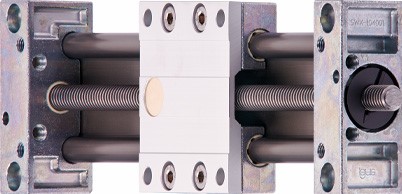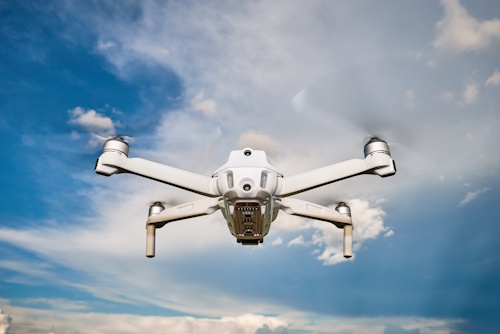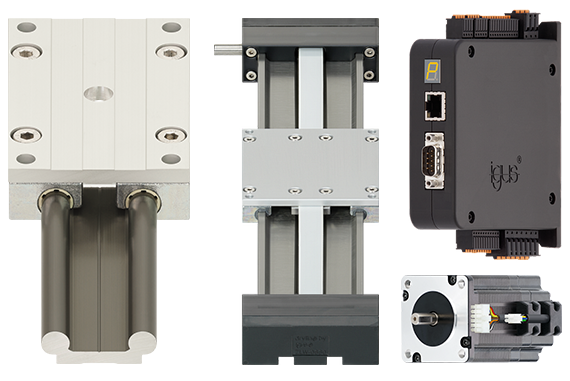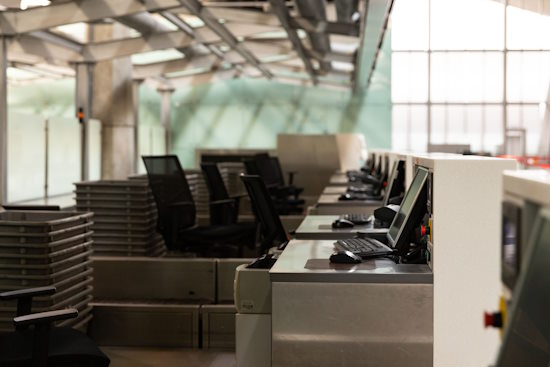How to Make a Linear Actuator Move Faster
Here, we’ll cover two ways to increase the speed of your linear actuator. But first, note that the types of linear actuators referred to in this article are known as slide tables and linear slides. Advice for their rod-end counterparts is not covered in this article. With that caveat out of the way, let’s get started.


Belt-driven linear actuator
To learn more about whether a slide table from igus could meet your needs, please reach out to us by phone at (800) 521-2747 or visit our website.


